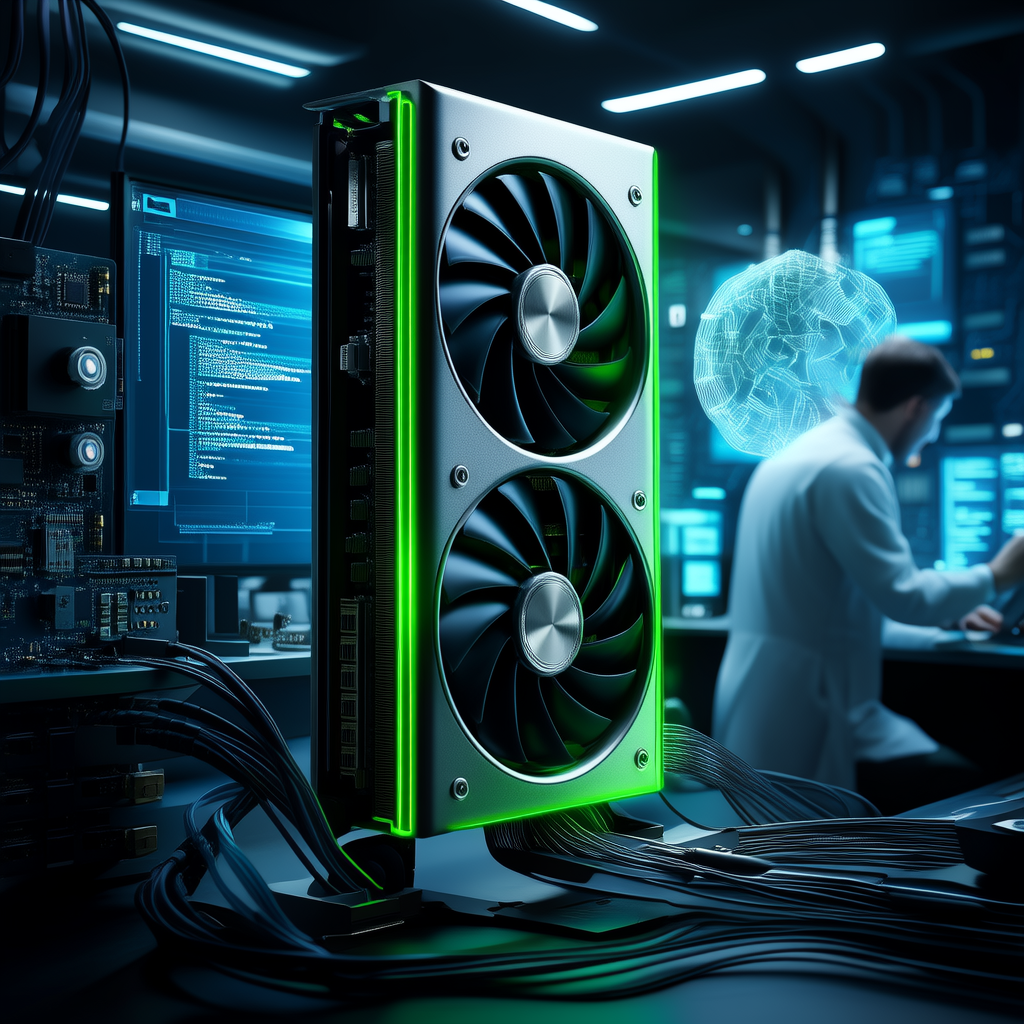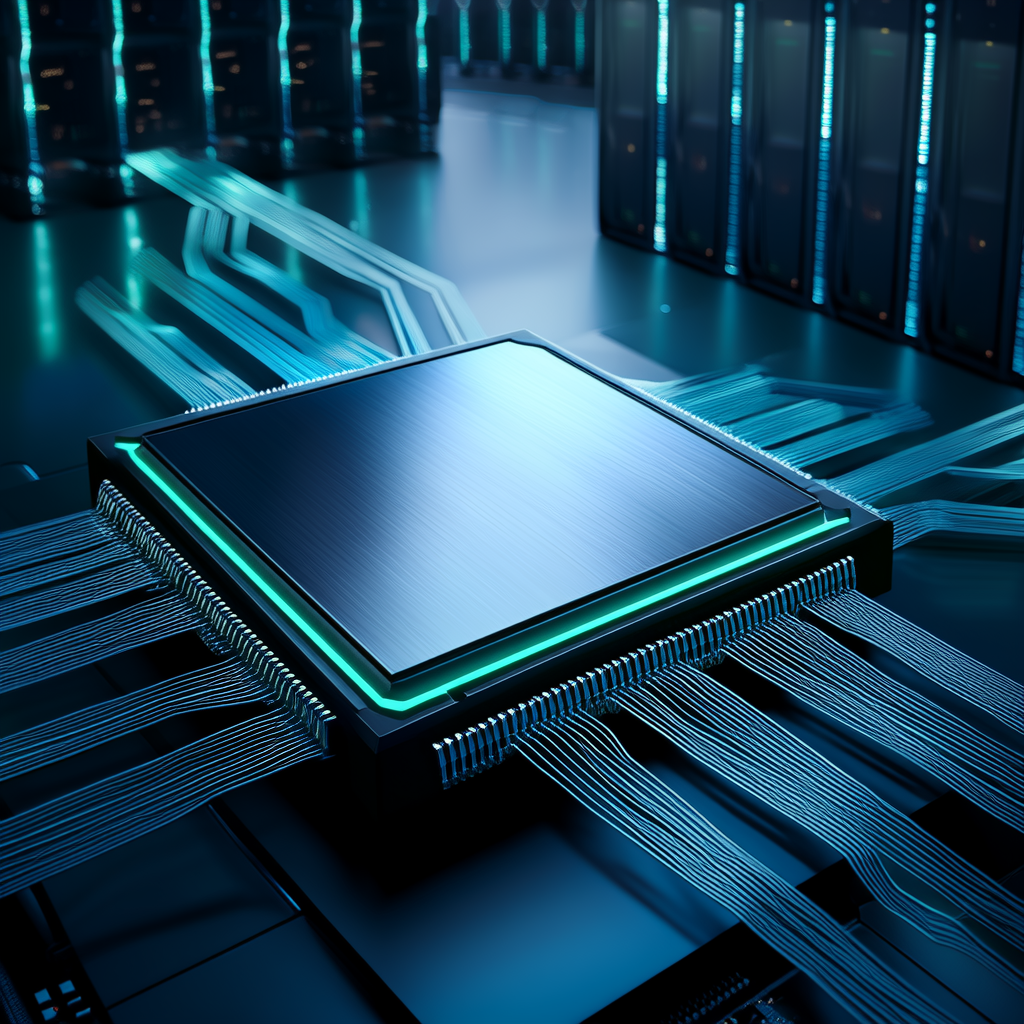Nvidia Unveils New AI Technologies to Maintain Industry Leadership
In a strategic move to solidify its position at the forefront of artificial intelligence (AI) development, Nvidia has unveiled a suite of new technologies. During a keynote address, CEO Jensen Huang announced several innovations aimed at enhancing AI capabilities and driving the company's continued leadership in the rapidly evolving tech landscape.
New AI Technologies and Products Announced by Nvidia
Nvidia's latest announcements include a range of products and technologies designed to push the boundaries of AI. One of the key highlights is the introduction of the H100 GPU, which is built on the advanced Hopper architecture. This new GPU is specifically engineered to handle the most demanding AI workloads, offering unprecedented performance and efficiency. According to Nvidia, the H100 GPU can deliver up to 6 petaflops of AI performance, making it a powerful tool for data centers and high-performance computing environments.
Additionally, Nvidia introduced the DGX H100, a supercomputer designed for AI research and development. This system integrates eight H100 GPUs, providing researchers and developers with a robust platform to accelerate their AI projects. The DGX H100 is expected to significantly reduce the time required for training large AI models, thereby accelerating innovation in fields such as natural language processing, computer vision, and autonomous systems.
Impact on Users, Businesses, and the Industry
The new AI technologies from Nvidia are poised to have a significant impact on various sectors. For users, these advancements mean more efficient and powerful AI applications, leading to better user experiences and more sophisticated AI-driven services. For businesses, the enhanced computational power and efficiency of the H100 GPU and DGX H100 can translate into cost savings and faster time-to-market for AI solutions.
In the broader industry, Nvidia's innovations are likely to drive further competition and innovation. As other companies strive to keep pace with Nvidia's advancements, we can expect to see more rapid developments in AI hardware and software. This competitive environment is beneficial for the entire ecosystem, as it encourages continuous improvement and pushes the boundaries of what is possible with AI technology.
Technical Details and Expert Opinions
The H100 GPU is built on the Hopper architecture, which includes features such as Transformer Engine, which accelerates the training of large language models, and FP8 precision, which enhances the performance and efficiency of AI computations. These technical advancements are crucial for handling the complex and resource-intensive tasks associated with modern AI.
According to industry experts, the H100 GPU and DGX H100 are game-changers for AI research and development. The increased computational power and efficiency will enable researchers to tackle more ambitious projects and explore new frontiers in AI. As noted by analysts, these technologies will not only benefit the AI community but also have far-reaching implications for industries such as healthcare, finance, and automotive, where AI is increasingly becoming a critical component.
Conclusion
Nvidia's recent announcements underscore its commitment to maintaining its leadership in the AI space. The introduction of the H100 GPU and DGX H100 represents a significant step forward in AI technology, offering unparalleled performance and efficiency. As these innovations are adopted across various sectors, they are expected to drive further advancements and create new opportunities for both users and businesses. With the continued evolution of AI, Nvidia's role in shaping the future of this transformative technology remains pivotal.
References
1. MSN. (Year, Month Day). Nvidia announces new tech to keep it at the center of AI development




Comments (0)
Add a Comment